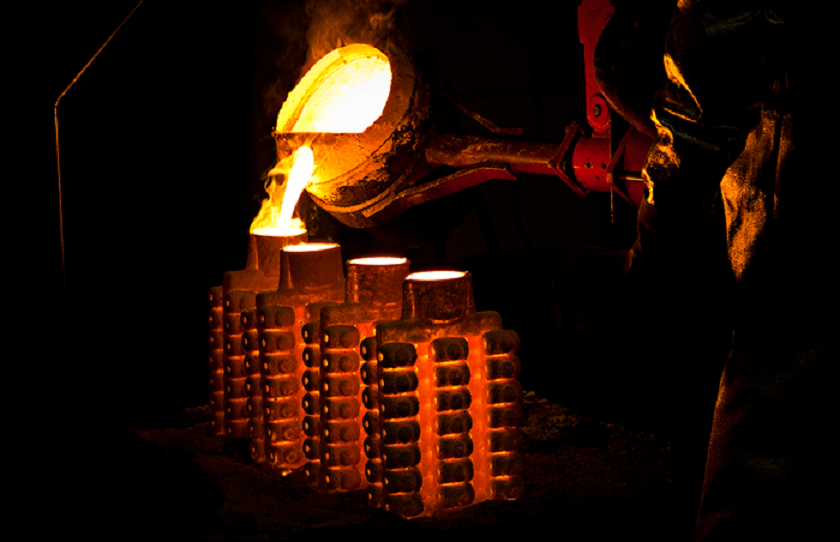Sand casting is a widely used manufacturing process that involves pouring molten metal into a sand mold to create a desired shape. The process is used to produce various components, including engine blocks, valves, and gears, among others. Sand casting offers several advantages, including low cost, high flexibility, and the ability to produce complex shapes. This article will provide a comprehensive guide to sand casting processes and techniques.
Facts about Sand Casting
Sand casting is a process that involves creating a mold from a mixture of sand and a binder material. The sand mold is then filled with molten metal, solidifying and forming the mold. Sand casting is one of the oldest and most widely used casting processes, dating back to ancient times.
- Sand casting involves pouring molten metal into a sand mold to create a desired shape.
- It is one of the oldest and most widely used casting processes.
- The sand mold is created by packing sand around a pattern of the final product.
- Sand casting is widely used in the automotive and industrial machinery industries.
Steps For Sand Casting
The sand casting process involves several steps, they are as follows:
- Pattern Making: A pattern replicates the final product used to create the sand mold. The pattern is typically made of wood, plastic, or metal and is designed to be slightly larger than the final product to account for shrinkage during the casting process.
- Mold Making: A mold is created by packing sand around the pattern to create a negative impression of the final product. The mold is removed from the pattern, and the two halves are joined to create a complete mold.
- Pouring: Molten metal is poured into the mold through a sprue, a channel allowing the metal to flow into the cavity.
- Solidification: The metal solidifies in the mold, taking the shape of the cavity. The mold is then allowed to cool, and the casting is removed.
- Finishing: The casting is removed from the mold and cleaned using various finishing techniques, including grinding, sandblasting, and machining.
Various Sand Casting Techniques
Several sand casting techniques are used in producing components, including –
- Green Sand Casting: Green sand casting is the most common technique, and it involves mixing sand, water, and binder material to create a mold.
- Resin Sand Casting: Resin sand casting involves mixing sand and resin to create a mold. The resin helps to create a more robust and precise mold.
- Shell Mold Casting: Shell mold casting involves creating a mold from a mixture of sand and resin cured in a heated mold. The resulting mold is stronger and more precise than a green sand mold.
- Investment Casting: Investment casting involves creating a wax pattern coated in a ceramic shell. The wax is then melted, leaving a hollow cavity filled with molten metal.
Advantages of Sand Casting
Sand casting offers several advantages, including:
- Low Cost: Sand casting is a cost-effective manufacturing process, as it does not require expensive equipment or tooling.
- High Flexibility: Sand casting offers high design flexibility, as it can create complex shapes and structures that are difficult to achieve through other manufacturing processes.
- Wide Range of Materials: Sand casting can be used with many materials, including iron, steel, aluminum, and copper.
- Low Lead Time: Sand casting has a relatively short lead time, as the molds can be produced quickly and efficiently.
Conclusion
Sand casting is a widely used manufacturing process that offers several advantages, including low cost, high flexibility, and the ability to produce complex shapes. The process involves several steps: pattern making, mold making, pouring, solidifying, and finishing. Sand casting techniques include green sand casting, resin sand casting, shell mold casting, and investment casting. Sand casting is an essential process in manufacturing components for various industries.
Read More: Team Building Activities and Birthday Packages for All Company



